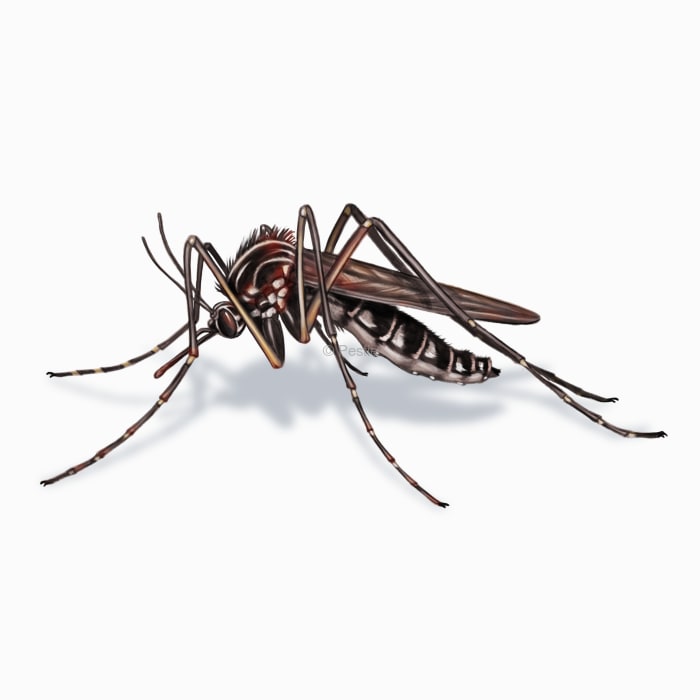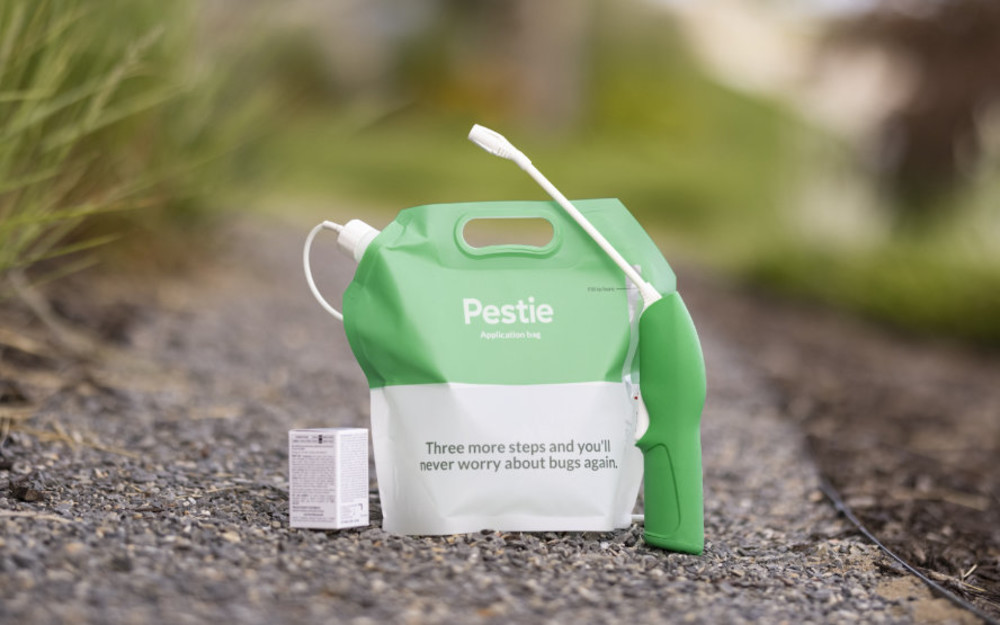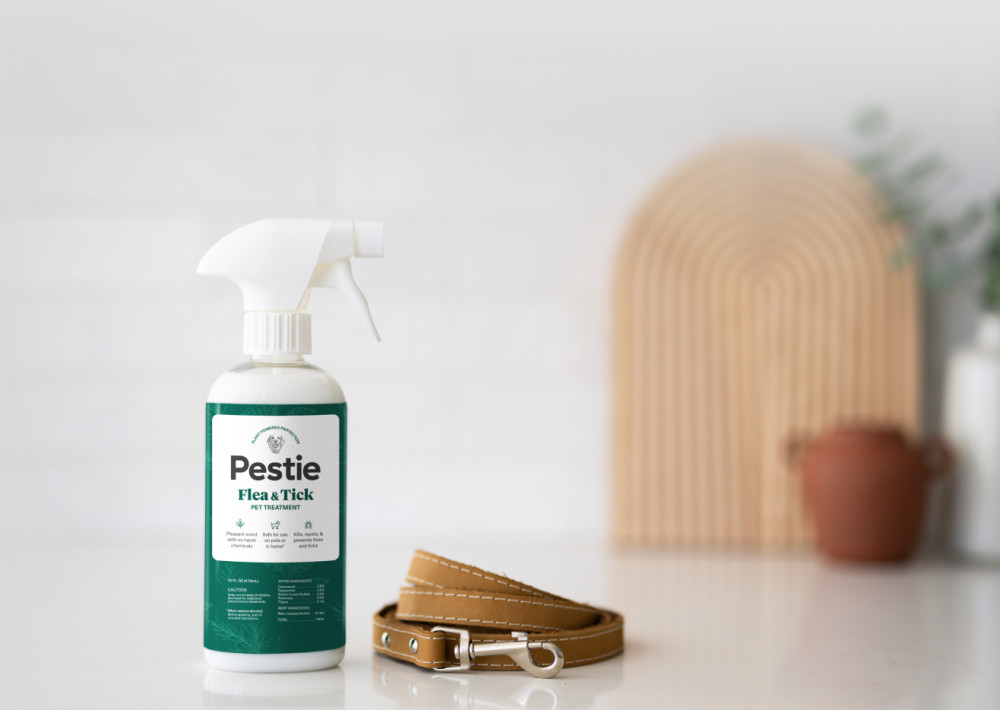How to identify and get rid of yellow fever mosquito

The hidden dangers of yellow fever mosquitoes in your backyard
That buzzing in your ear could be the sound of a blood-sucking creature looking for its next meal. And if that creature happens to be the yellow fever mosquito, you might get more than just an itchy bite on your arm.
Yellow fever mosquitoes, also known as Aedes aegypti, have a reputation for causing big trouble in small packages. They can transmit some terrible diseases, including yellow fever, dengue, Zika, and chikungunya viruses.
The mosquito is originally from Africa but was introduced into the Americas during European exploration and colonization. Only females bite and suck blood. They use the protein in the blood to develop their eggs, which they lay in water.
However, the females utilize any stagnant water source for an egg-laying site. This means that any container that fills with water in your yard can be a resource for disease-carrying mosquitoes!
The larvae are aquatic invertebrates that feed on algae and microscopic organisms. They breathe through a siphon that must be in contact with the water’s surface to get air. When disturbed, they thrash back and forth in the water, which is why they are called “wigglers” or “wrigglers.”
Yellow fever mosquitoes are a dangerous creature to have around your home. Luckily, there are precautions you can take to prevent them from harming you and your family.
How to identify yellow fever mosquitoes
Yellow fever mosquitoes are small but easily recognizable by their sharp black-and-white markings. Their thorax has white scales that look like violin outlines, and their legs have white bands.
Additionally, they are unique in that they hold their bodies parallel to surfaces at a slight angle when resting.
If you notice an increase in these black-and-white mosquitoes around your home, especially near standing water, it could mean an infestation.
Key signs include seeing these mosquitoes frequently during the day, particularly around water containers. Look for mosquito larvae in flowerpots, bird baths, and other water-holding containers. They are aggressive daytime biters, separating them from more nocturnally active mosquitoes.
How big are yellow fever mosquitoes?
Yellow fever mosquitoes are relatively small, typically about 1/4 inch in length.
What other pest looks like a yellow fever mosquito?
Yellow fever mosquitoes can be mistaken for the Asian tiger mosquito (Aedes albopictus), which also has distinctive black and white markings but is generally a more aggressive biter and has a different body shape.
Where do yellow fever mosquitoes live?
The mosquitoes thrive in more tropical or subtropical climates, including the Southeastern region of the US. However, they have been known to live in 23 of the southernmost states.
How to get rid of yellow fever mosquitoes
Remove any containers that might collect stagnant water to keep mosquitoes from breeding and hanging out around your home. This can include:
- Rainwater barrels
- Empty flowerpots
- Clogged gutters
- Tin cans
- Yard clutter
- Bird baths
- Old tires
- Unused swimming pools
- Etc…
If you have standing water near your property, like a pool or pond, you can treat it with an insecticide or oil film to kill mosquito larvae. You can also consider adding mosquito-eating fish to ponds. When going outside during peak mosquito activity, wear mosquito repellant. The most effective repellants include:
- DEET
- Picaridin
- Citronella essential oil
- Lemongrass essential oil
DEET-based products offer the longest protection by far, with Picaridin being a close second. While essential oils can repel mosquitoes, the effects are only effective for minutes, not hours.
One of the best ways to prevent yellow fever mosquitoes from coming into your home is by spraying and maintaining a bug-barrier. Pestie offers a subscription-based plan that gives you access to pro-grade solutions for a fraction of the cost of professional services. Getting around-the-clock protection for you and your family only takes a few minutes.
Treat yellow fever mosquitoes with Pestie
If you're still having trouble keeping yellow fever mosquitoes away, the best option is to use a pro-grade, effective pest control solution like Pestie.
Pestie is a do-it-yourself pest control solution that's specially designed to keep yellow fever mosquitoes and other pests away from your home.
With Pestie, you can rest easy knowing that your living space is protected and free of creepy crawlies. And the best part? It's designed for people, pets, and the planet, so you can say goodbye to harsh chemicals and hello to peace of mind!
- Save hundreds compared to traditional annual pest plans
- People, pet, and planet-friendly
- Pro-grade customized formulas
Quick facts
- Scientific name
Aedes aegypti





